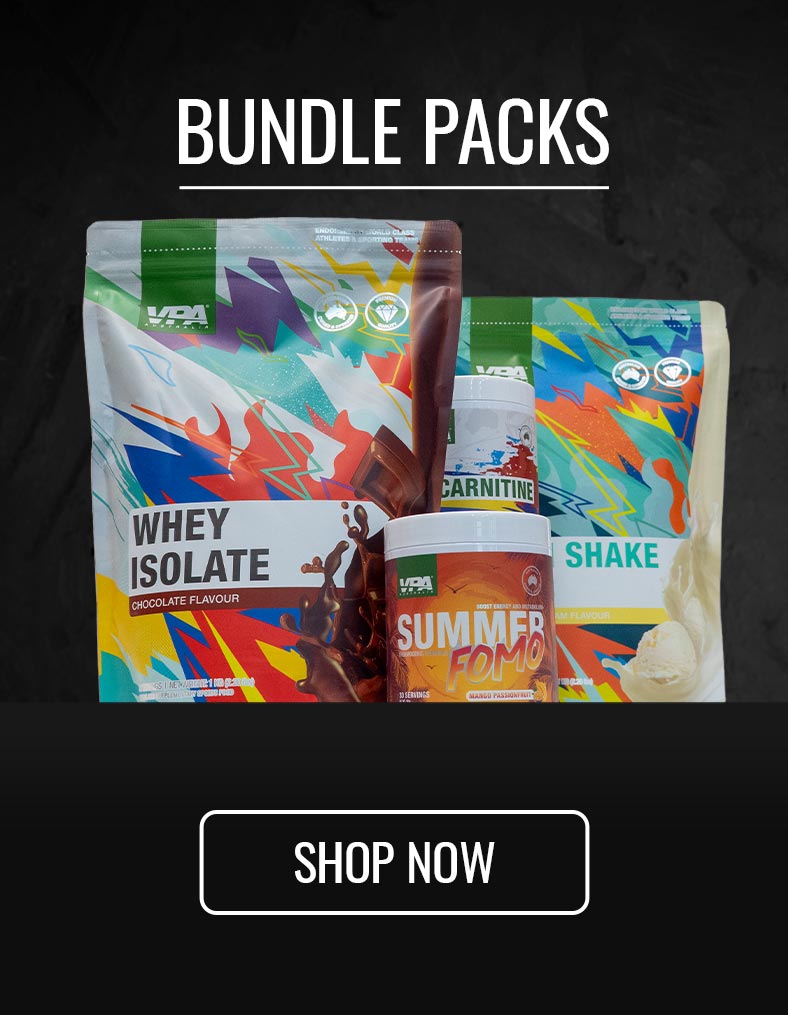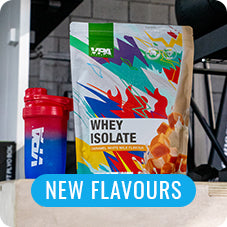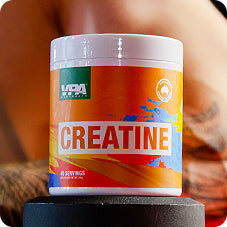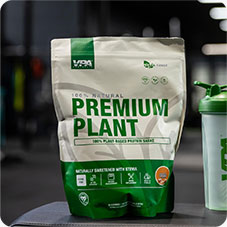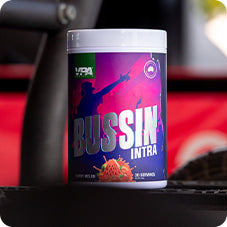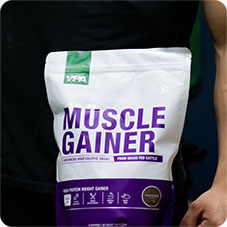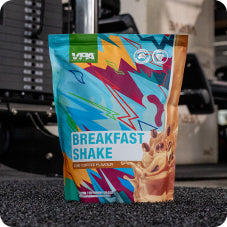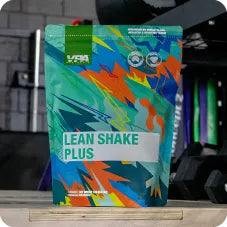Your Cart is Empty
Progressive Overload
September 23, 2022 3 min read

Strength training uses progressive overload. Making your workouts harder over time stresses your musculoskeletal and neurological systems. This weightlifting progression builds strength, muscle, and endurance. Progressive overload can be used with push-ups, bicep curls, deadlifts, bench presses, and squats. This works for dumbbell, barbell, and bodyweight workouts.
Training with Progressive Overload:
4 POT Principles
Progressive overload training has four principles:
1. Keep form. Choose a weight you can lift properly before beginning strength training. Increase the workout's intensity just when you can move the weight with good technique.
2.Make little changes. Change a lift's complexity gradually to avoid injury. Shift the weight before changing repetitions or sets to make deadlifts harder. Increasing weight and repetitions concurrently may strain your body.
3. Repeat and set. Make sure you can do the recommended repetitions and sets with your current weight before adding more. Add weight, a hold, or less rest time when you can finish repetitions and sets.
4.Track workouts. Remember your weight, repetitions, and sets by keeping track of your workouts. Tracking your progress will help you adjust next week.
Progressive Overload Techniques
There are various techniques to increase weightlifting intensity. Progressive overload includes:
- Weight up. Progressive overload is achieved by lifting larger weights each week while preserving form. Only when you can lift the new weight with the same amount of reps as previously should you increase it. If you can squat 100 kgs in one week, try 105 the next. You can add 2.5, 5, or 10 kgs to a lift.
- Repeat. Reps boost volume. Increase repetitions to muscle failure without losing form. You can't keep adding reps because 30 becomes boring. Aim for 3 to 8 reps and sometimes reach your 1RM to increase strength (one rep max, the maximum amount of weight you can lift for one rep). For muscular hypertrophy, do 10 to 15 reps.
- More sets. Increase repetitions, then sets to improve training volume. 5 to 7 sets per lift is recommended. To push your muscles, lift heavier weights.Reduce rest time.
- Resting less between sets might boost metabolic efficiency and feed your workout with fat. Try resting for 1.5 minutes between sets. This also speeds up workout. Resting for a few minutes isn't suggested for bigger lifts or lifts around your 1RM because it takes longer to recover.
- Increase your workouts. If you wish to focus on a muscle group, add extra resistance workouts that target that group. If you want stronger arms, add a weekly upper-body workout. Don't train the same muscle group numerous days in a row without proper recovery.
- Amplify. To make an exercise harder, lower your lifting pace, expand the range of motion, or add a hold. If you're squatting, slow down or pause at the bottom. Holds enhance muscular tension, which builds endurance.
Progressive overload training's limitations
- Nonlinear progressive overload. Overtraining can lead to plateaus and injuries.Plateaus are normal times when you retain your strength and don't improve with demanding routines. Rethink improvement. Instead than lifting a larger weight, try doing more reps or going slower. To make strength training more tough, add additional resistance exercises or start a new programme.
- Overtraining: Challenge yourself weekly. To minimise overtraining and injuries, advance carefully, end a workout early if necessary, and schedule recuperation time and rest days.
Also in Training
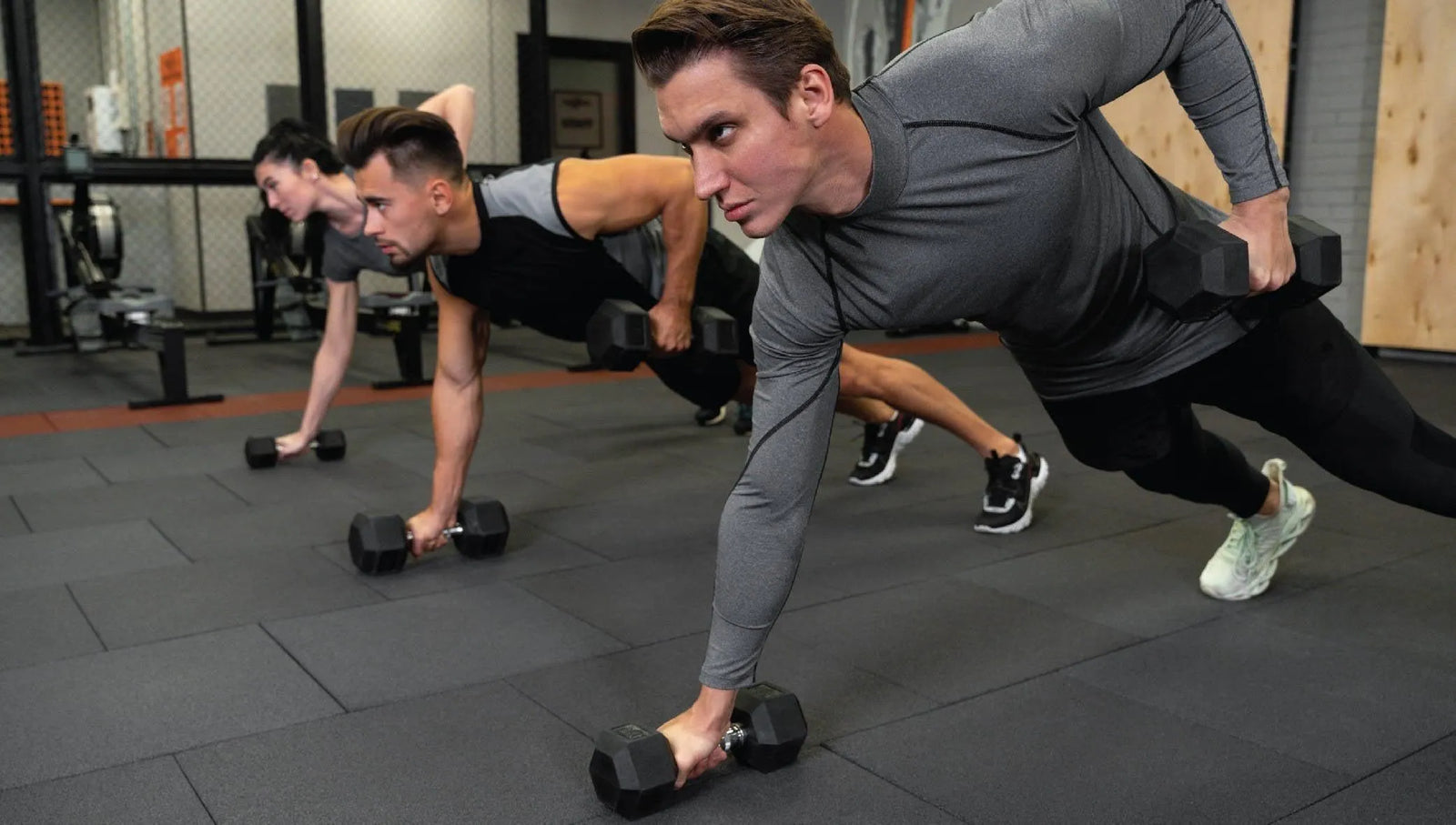
Boosting Your Health: Understanding Aerobic and Anaerobic Metabolism
July 22, 2024 4 min read
Learn about the key differences between aerobic and anaerobic metabolism, and how to optimize your workouts for better health and fitness. Discover the benefits and performance-boosting potential of combining these two metabolic powerhouses.
Read More
Smash Through the Wall: How to Increase Your Lactate Threshold for Running Glory
July 08, 2024 4 min read
Learn science-backed strategies to boost your lactate threshold, enhance running performance, and achieve your fitness goals. Discover expert tips and techniques here.
Read More
The Ultimate Guide to Cross-Training
July 01, 2024 5 min read
Learn about cross-training, crafting a plan, tailoring for different fitness goals, and activities beyond the gym. Discover the ultimate fitness guide at VPA.
Read More Recent Articles
- Boosting Your Health: Understanding Aerobic and Anaerobic Metabolism
- Smash Through the Wall: How to Increase Your Lactate Threshold for Running Glory
- The Ultimate Guide to Cross-Training
- Embrace the Cold: How to Stay Active and Healthy Throughout Winter Down Under
- What is Hyrox?
- Mastering the Pull-Up
- Building a Champion: Why Cardio and Strength Training are Your Fitness Dream Team
- Beyond the Six-Pack: Building a Strong Core for Everyday Life
- Routine and Discipline – The Backbone of Fitness
- Calisthenics for Beginners
${{amount}}


